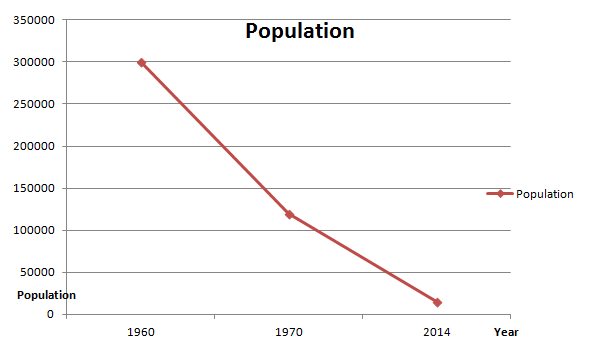Jaguar (Panthera Onca)
By Talia DeMello
 |
| Image 1: https://www.nationalgeographic.com/content/dam/animals/pictures/mammals/j/jaguar/jaguar.adapt.1190.1.JPG
Description and Ecology
The jaguar is a carnivorous mammal and an apex predator. It is the largest and most powerful wild cat in the Western Hemisphere, and the third largest of the big cat species of the world. Jaguars are larger than leopards with broad shoulders, compact bodies and powerful jaws. They can be identified by their yellow coats, brown spots, and shorter legs. The spots on their coats, due to their resemblance to roses, are called rosettes. Jaguars are solitary predators that live and hunt alone by nature. They are stalk-and-ambush predators that prefer to live in dense forest areas near bodies of water. As an apex predator, jaguars play a crucial role in maintaining ecological stability. Without jaguars in the ecosystem, herbivorous prey animals would decimate plants and terrain in their habitat. Geographic and Population Changes
Jaguars currently primarily inhabit parts of Central and South America, and some regions of southern North America, but the species now only inhabits 40% of their original range (pictured below). The historic range of jaguars extended through much of the southern half of the US. In the early 20th century, the range of jaguars extended as far north as the Grand Canyon in Arizona, and as far west as Southern California.
Image 3: https://i.pinimg.com/736x/e7/83/b5/e783b5fc56737aa3fe4c62e33e02659f--tattoo-back-jaguar-range.jpg
The population of jaguars in 1960 was estimated at approximately 300,000 existing in the wild, and has declined to a mere 15,000 today. The graph below illustrates the population decline in the last 50 years.
When Listed and Type of Listing
In 1972, the jaguar was listed as an endangered species under the Endangered Species Conservation Act. On the International Union for the Conservation of Nature (IUCN) Red List of Threatened species, Jaguars are currently listed as "Near Threatened".
Main Threats and Cause of Listing
Defrorestation and loss of habitat is the leading cause of endangerment to jaguars. The species commonly resides in rainforests and floodplains, much of which is used for human developement and agricultural purposes. As a result of habitat loss, jaguars migrate and are vulnerable to starvation and being hunted by humans. In migration, they are threatened and frequently killed by poachers who prize them for their unique spotted coats.
Recovery Plan Steps
1) Provide connectivity to Mexico;
2) Contain adequate levels of native prey species, including deer and javelina, as well as
medium-sized prey such as coatis, skunks, raccoons, or jackrabbits;
3) Include surface water sources available within 20 km (12.4 mi) of each other;
4) Contain from greater than 1 to 50 percent canopy cover within Madrean evergreen woodland,
generally recognized by a mixture of oak (Quercus spp.), juniper (Juniperus spp.), and pine
(Pinus spp.) trees, on the landscape, or semidesert grassland vegetation communities, usually
x
characterized by Pleuraphis mutica (tobosagrass) or Bouteloua eriopoda (black grama) along
with other grasses;
5) Are characterized by intermediately, moderately, or highly rugged terrain;
6) Are below 2,000 meters (6,562 feet) in elevation; and
7) Are characterized by minimal to no human population density, no major roads, or no stable nighttime lighting over any 1-km2 (0.4-mi2
) area.
Sources
Nag, Oishimaya Sen. “Where Do Jaguars Live?” WorldAtlas, World Atlas, 14 Nov. 2016, www.worldatlas.com/articles/where-do-jaguars-live.html.
“Threats to Jaguars.” Defenders of Wildlife, 13 Dec. 2013, www.defenders.org/jaguar/threats.
|




I didn't realize that there are so few jaguars now compared to 50 years ago! Hopefully the recovery plan is enough to help with their habitat destruction and poachers.
ReplyDelete-Marina Enriquez
ReplyDeleteI never knew the difference between Jaguars and Leopards, but the distinctions are clear now!
ReplyDelete- Kyla Cooper
It's shocking to see how much the species range has decreased. It's interesting that the jaguar only inhabits 40% of their original range. The map helps put that percentage in to perspective.
ReplyDelete-Erika DiLeva